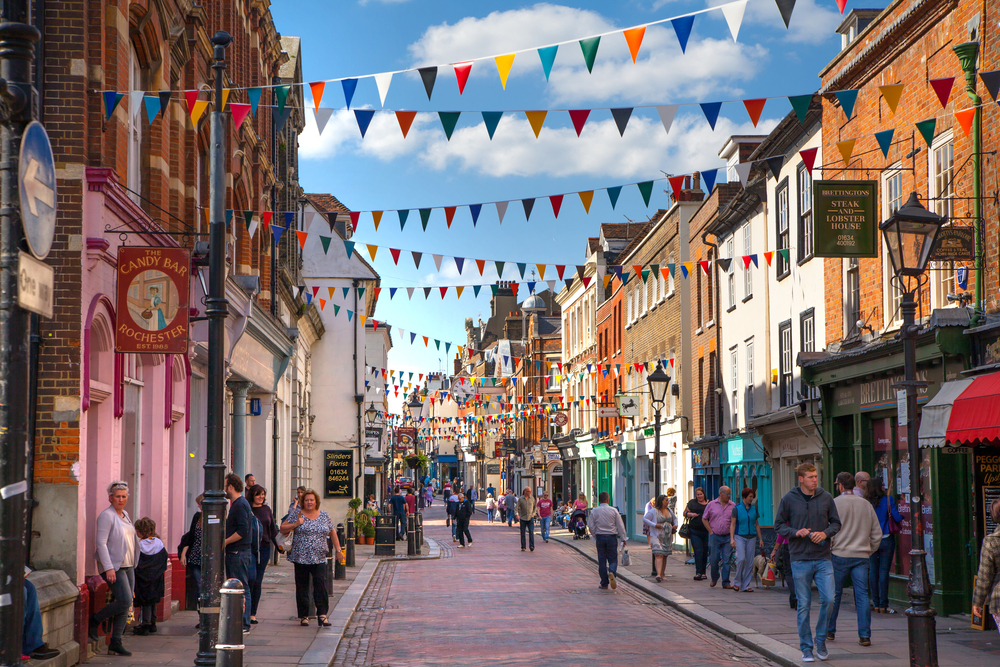From April 1st this year, the ‘uniform business rate’ will hit a landmark 49.7 pence in the pound; its highest level since its introduction in 1990. Ahead of this squeeze, the tax rate levied on commercial property is set to mirror this raise, reaching its highest level ever.
The increase will cost businesses an extra £188 million in rates in 2016 and 2017, and with the government moving to end business rates discounts for small retail properties, this will add £284 million to bills this year. Together, these additions will see some £400 million added to rates bills overall.
According to CVS survey of 250 business owners, the cost of running their own business is making over a quarter of the respondents consider other forms of employment. A further one in five said that their business rates represent one of their biggest business costs. The CVS study also revealed waning faith in the government to work in their interest. 92 per cent of those surveyed don’t expect the government to ease the burden of business rates.
Mark Rigby, chief executive at CVS, said: “The news that the business rates levy has reached its highest ever level will be yet another source of frustration for commercial occupiers feeling the squeeze. This is a hangover from a range of poor Government policy decisions which are causing pain for businesses, from SMEs to major multi-nationals.”
The ‘uniform business rate’ is updated each year in line with inflation. The rate usually rises each year during a five year business rates cycle. However, because the Government has extended the current cycle to seven years – putting back the revaluation to 2017 – the rate has had to rise higher than ever before.
The new 49.7 pence rate will see businesses pay almost half of their Rateable Value (the Government’s calculation of the rental value of their property) in business rates, cementing the tax as one of the biggest overheads for firms in England. The rate has risen by 20 per cent since 2010, while overall growth in the whole economy has been only 12.2 per cent (as measured by GDP), illustrating the disproportionate burden that business rates have become to business.






